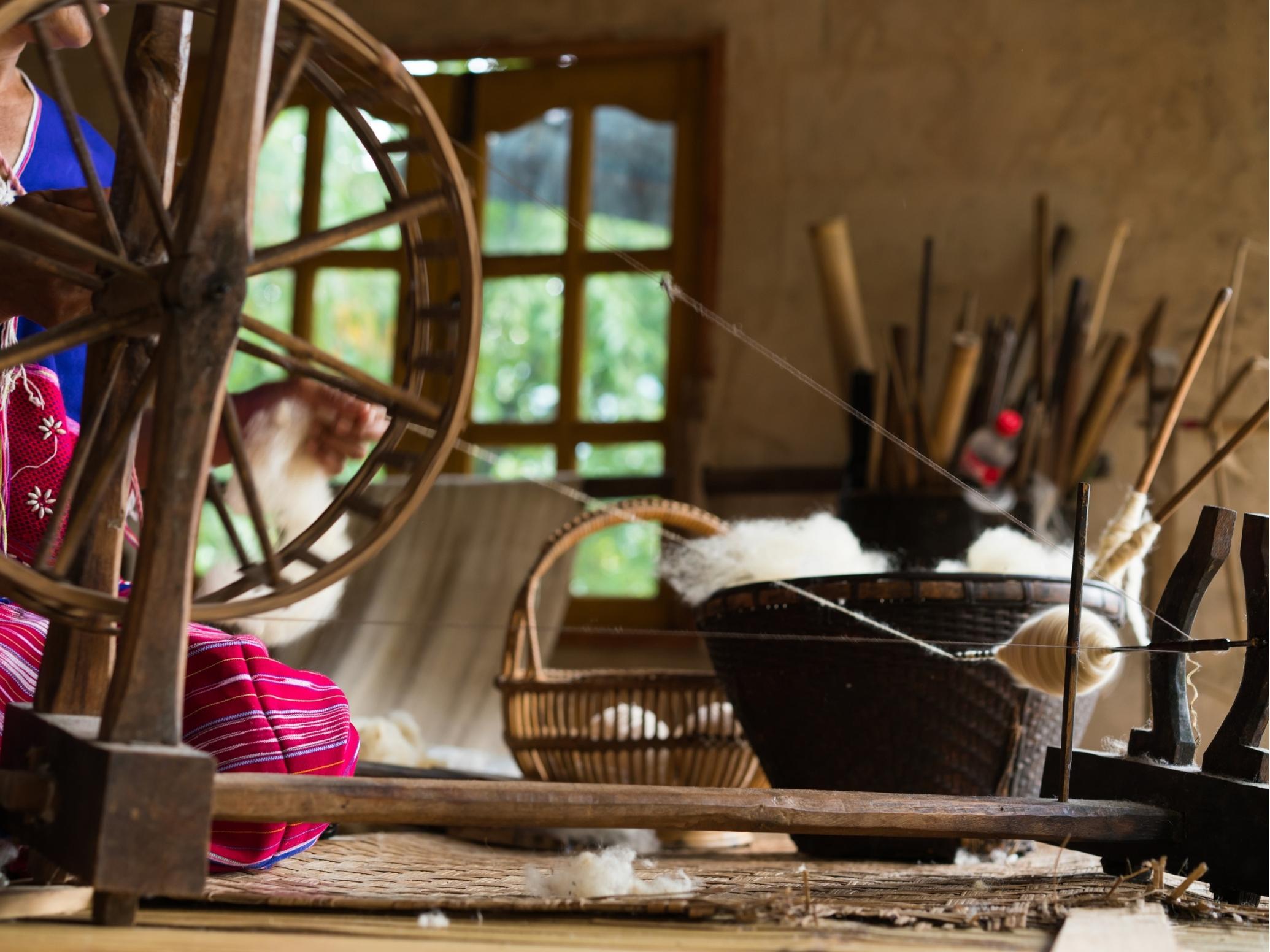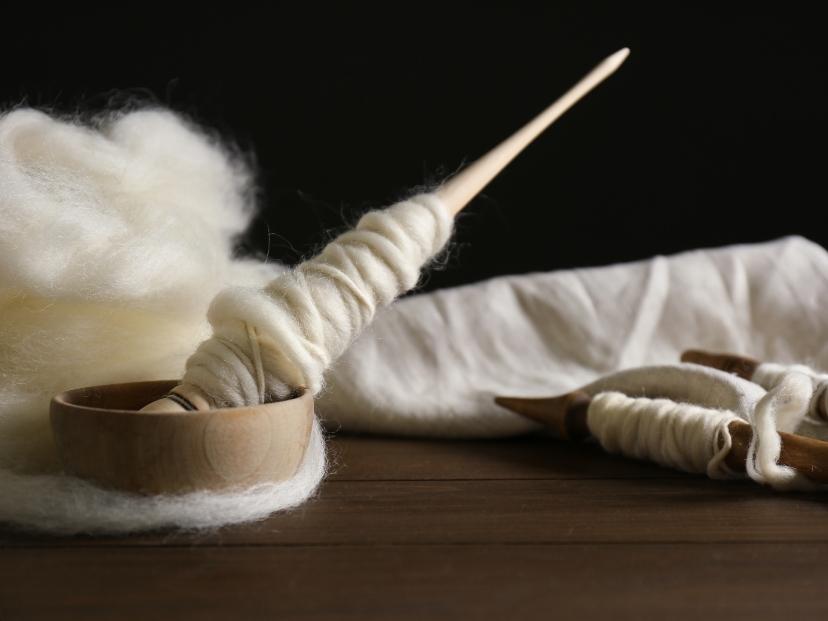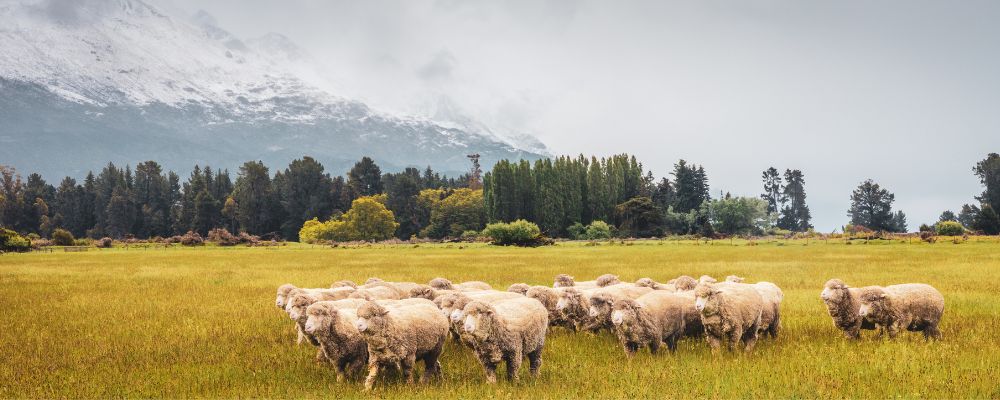
Disadvantages of Merino Wool
Disadvantages of Merino Wool (or situations when we would not recommend merino wool)
Are you surprised to see the title of this article? It seems like everyone is always recommending merino wool and talking about the advantages of wearing merino wool. However, we would like to talk a bit about the disadvantages of this fabric too.
GREEN ROSE has been making 100% merino wool thermal clothes for the entire family for 10 years. During this time, we have tried various types of merino wool fabric and have encountered a lot of different customers. Thus, we have enough experience (and courage!) to admit that merino wool does have some disadvantages. We would like to share these so that those of you who are new to wearing merino wool know what to expect and can make an informed decision if clothes made from this fabric are the right choice for you.
We stand for sustainable, effective, and efficient use of the resources of this Earth. We want every piece of clothing to be used as long as possible and not just be disposed of just after buying it or to be put away into the closet to be forgotten. If you are usure if merino wool clothes are right for you, get only one small piece of clothing to try it out, such as a sleeveless top. Then you can decide if you need more merino wool clothes.
So, what are the disadvantages of merino wool?
100% merino wool is a relatively delicate fabric
Merino wool clothes are absolutely great for helping to regulate the body temperature, they are soft, cosy, and pleasant. However, they do tend to wear out faster than some other fabrics, especially on the spots that are constantly exposed to rubbing or friction, such as knees and elbows.

Merino wool fabric is usually between 120 gsm to 200 gsm. This is a way to measure the thickness and density of the fabric. 140 gsm fabric is particularly thin and delicate. GREEN ROSE clothes use 175-180 gsm fabric. We find that this is the optimal thickness of fabric, it’s not so thick as to feel bulky and uncomfortable as a base layer, but it’s also not so thin as to wear out too quickly.
Merino wool clothes can easily snag on small sharp objects that can pull a thread out and make a small hole that will get bigger if not mended in time.
How can you avoid the disadvantages of this delicate fabric?
You can choose clothing that is not made from 100% merino wool. The clothing market often offers clothes made from merino wool mixed with elastane, nylon or other synthetic fibres. They do help to make the fabric sturdier and wear out less quickly. However, before you make this choice, ask yourself, do you want a piece of clothing that is 100% natural or are you happy with synthetic additives, especially if you are choosing clothes for children and babies?
GREEN ROSE makes clothes that are 100% natural and do not contain any synthetic fibres. We offer clothes made from 100% merino wool or 75% merino wool mixed with 25% silk.

Another tip is to make sure to take good care of your merino wool clothes. Care of this fabric is not complicated; we recommend washing in a washing machine and you do not need to wash them often. However, it is helpful to know a few specifics to care for the fabric well. You can find more details about this in a separate article: ‘How to wash merino wool’.
Since the founding of GREEN ROSE we have been wearing many merino wool items. Some of them are older than 5 years and still don’t have any holes. The biggest challenge that we’ve had was with merino wool leggings for our daughter. She wore them with her school uniforms and school chairs aren’t always the smoothest so she would often snag them somewhere and make a little hole. We had to carefully mend a lot of these holes. But other than that, we haven’t had much experience with rips or worn-through clothing. Many of our customers have praised our clothes for being long-lasting.
We also aim to add some merino wool offcuts to most of our orders. This helps our customers to see the selection of colours in real life and they can be used as patches for larger holes if needed. If you did not receive any offcuts and would like to get some, please get in touch and we will definitely send some to you!
Merino wool clothes are expensive
Yes, clothes made from merino wool are more expensive than those made from some other fabrics. As manufacturers of such clothes, we can testify that the largest part of the cost is the fabric itself. Why is it so expensive?
It takes time to grow wool.

Merino wool doesn’t just grow out of the ground like cotton. It is also not manufactured in a lab like synthetic fabrics. It takes time for the sheep to grow its woollen coat. Raising sheep in special conditions is also expensive. And then on top of that, there is shearing the sheep, spinning wool, dyeing, transportation, sewing, etc, to make this fibre into a piece of clothing.
How can you reduce your expenses when buying merino wool items?
GREEN ROSE encourages our customers to buy considerately and responsibly. Consider how many pieces of merino wool clothes you or your family need. One merino wool shirt can replace three simple cotton shirts. To give an example from our life, for the winter season, our kids have two sleeveless tops, two turtleneck tops, and two leggings. They wear it both for school and for just going outside. Realistically even one of each would be enough but then they would not have something to replace these clothes when they need to be washed.
If you would like to reduce your expenses when buying merino wool, try to buy during sales or when there are some special offers. GREEN ROSE only offers discounts during the less busy summer season. Follow us on our social media or subscribe to our newsletters to be the first to hear when our clothes are cheaper.
Merino wool can be irritating to skin
Although merino wool is known for being particularly soft and pleasant, during 10 years of our work we have definitely met some people whose skin feels irritated even by merino wool. We are not sure if these people have extremely sensitive skin or if this effect is more psychological and associated with the expectation that wool is an itchy fabric. That is one of the reasons why GREEN ROSE also offers clothing made from merino wool with silk. Silk makes this fabric even more pleasant and softer and does not irritate the skin.
We would also like to draw attention to the fact that darker-coloured merino wool clothes are a bit rougher compared to undyed natural white or other lighter colours. Thus, if you are concerned that your skin might feel irritated by the merino wool fabric, choose lighter colours or merino wool with silk.
You can read more about the merino wool colours here: ‘Merino wool colours’.

Merino wool is simple and not stylish
This is probably one of the greatest complaints from children. They tend to enjoy cheerful pictures and stylish clothing. Although GREEN ROSE offers a choice of 9 colours, we have to admit that most of them are soft, gentle, earthy colours and the clothes are simple and plain.
This is a more functional rather than stylish piece of clothing. Merino wool clothes are usually worn as a base layer, right next to the skin. You can always wear other more colourful or stylish clothes on top.
Some last thoughts about the disadvantages of merino wool
So here it is, we have shared some of the disadvantages of merino wool. Now you are aware that among numerous advantages, there may also be some disadvantages. We hope that this will help you to make an informed decision if merino wool clothes are the right choice for you.

We believe that the advantages of merino wool clothes far outweigh the disadvantages. This is particularly true when it concerns babies, premature babies, children, and people with particularly sensitive skin. We also find merino wool thermal clothing irreplaceable in winter for work, every-day wear, and winter trips outdoors. Merino wool clothes now warm our bodies from early autumn into late spring. If we forget to put our merino leggings on in winter, we very quickly realise how much they were contributing to our comfort, warmth, and well-being!
.png)